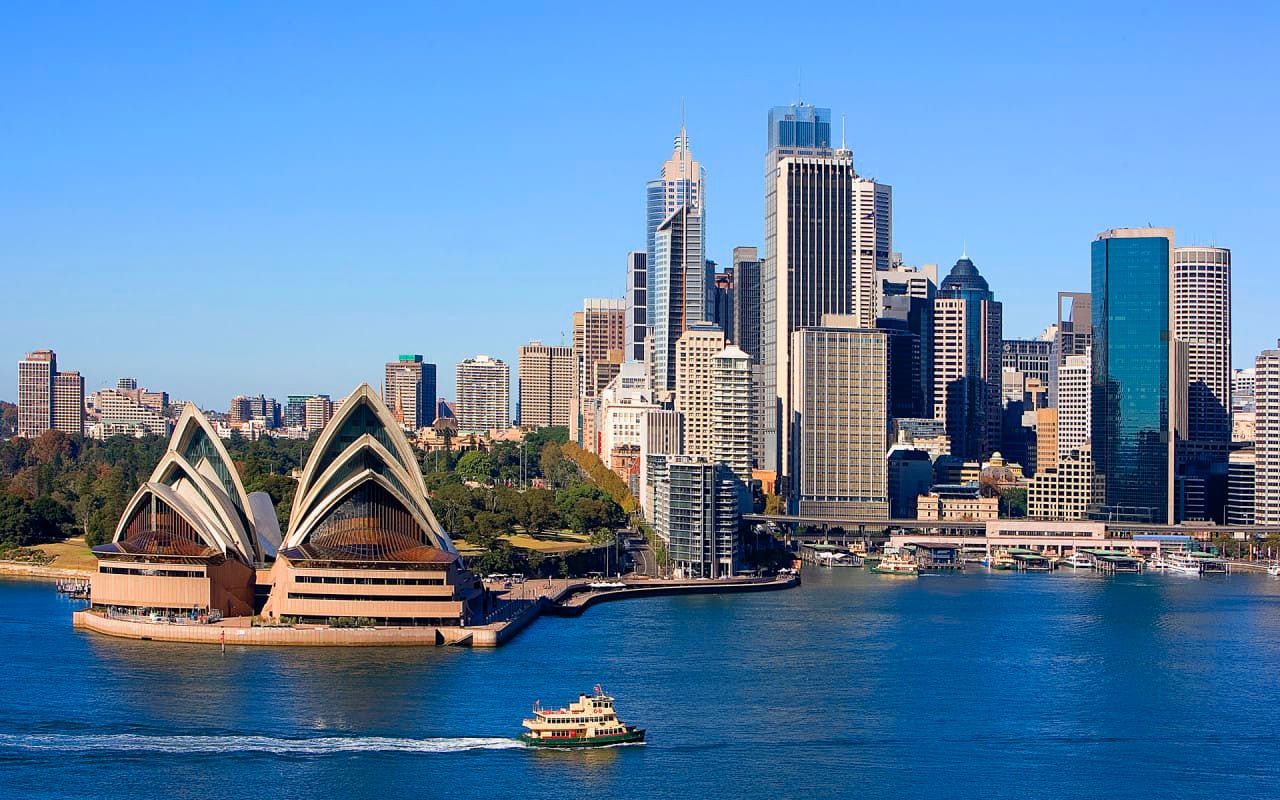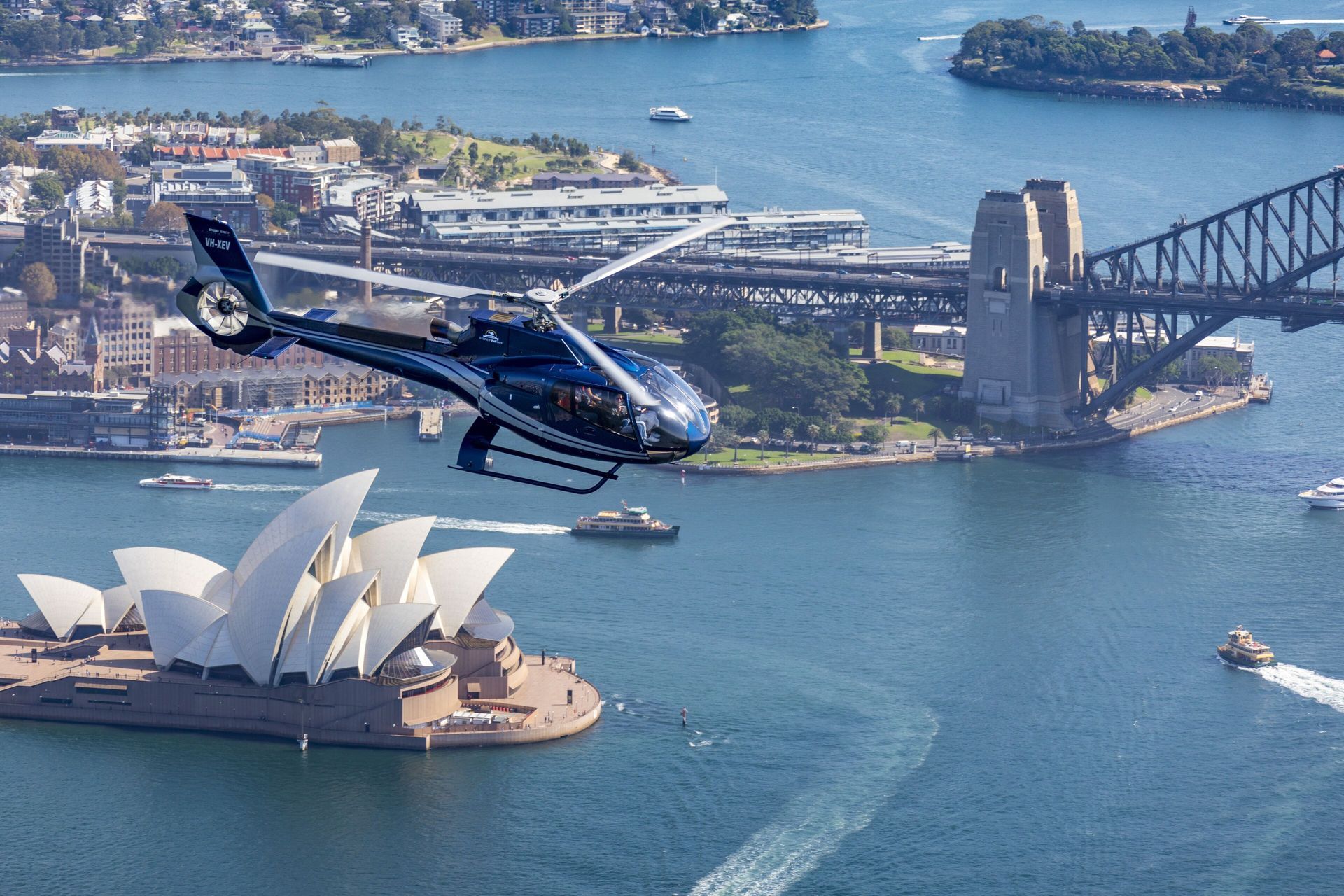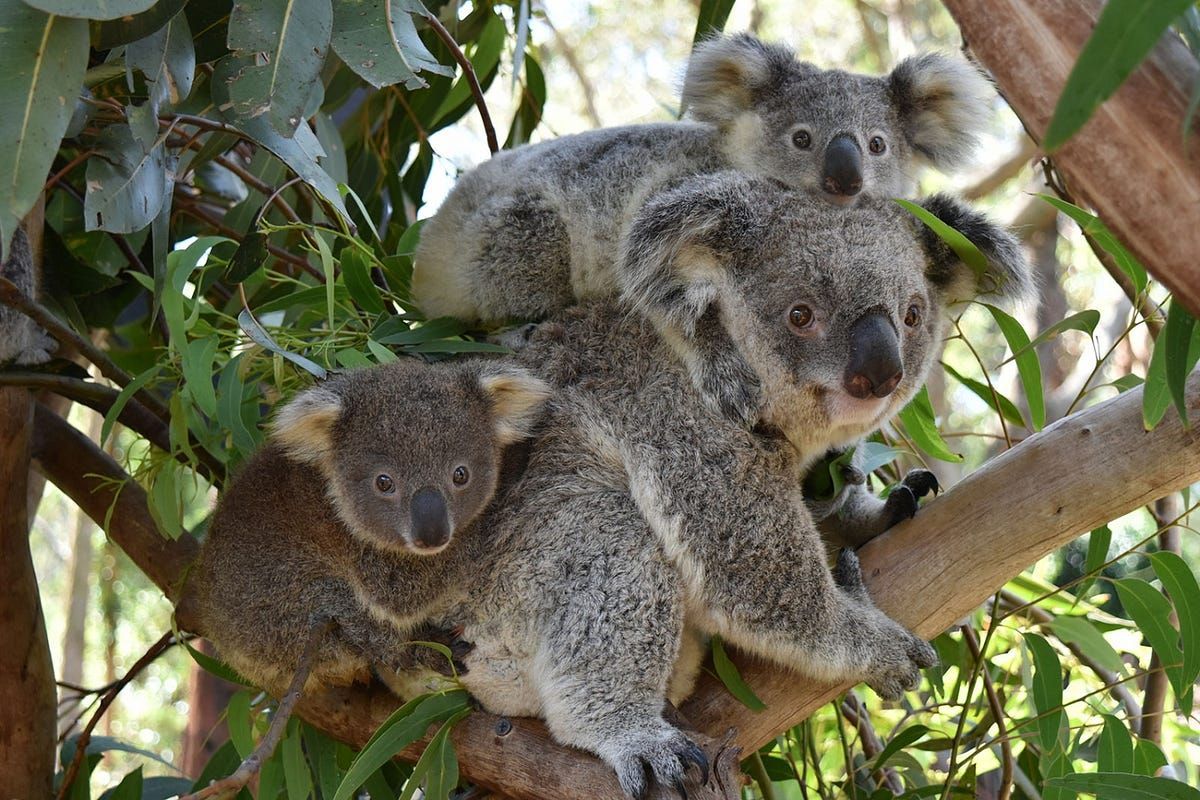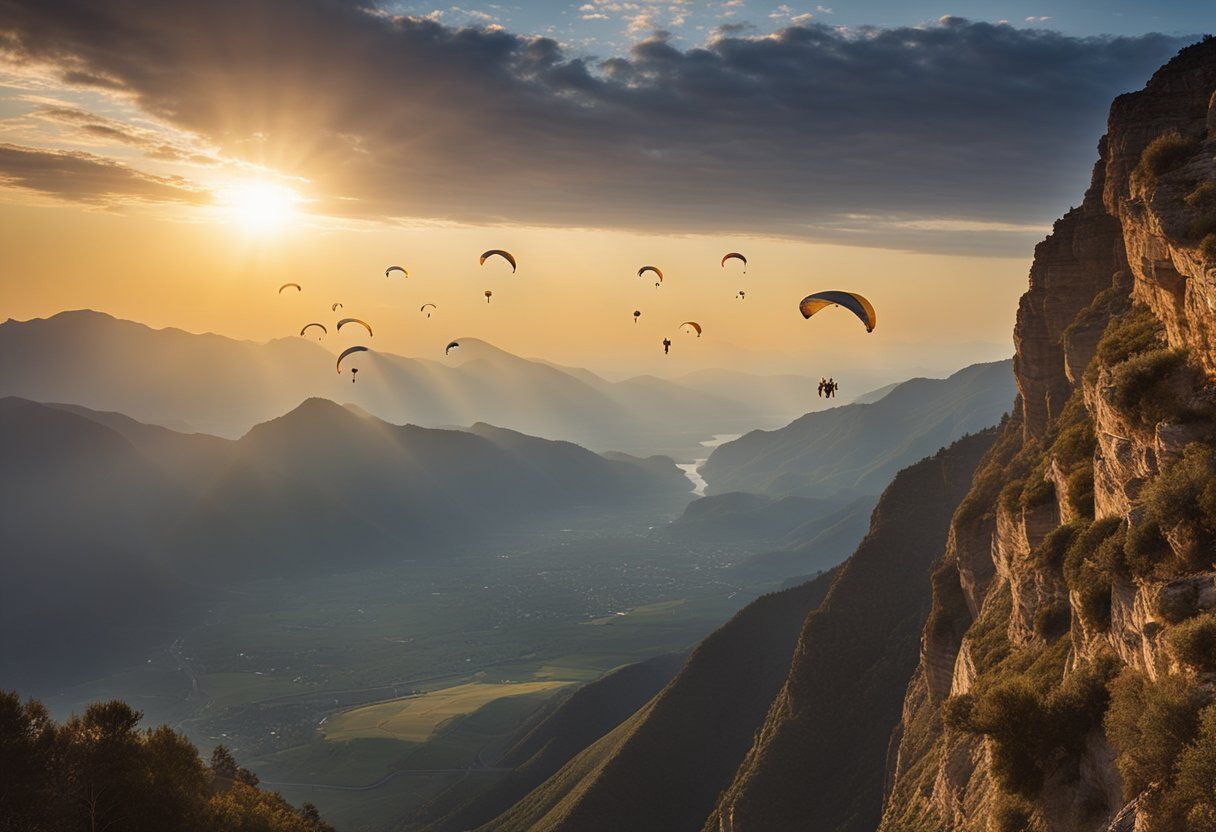To share
Experience the raw beauty of Freycinet National Park. From the iconic Wineglass Bay to secluded coves, immerse yourself in Tasmania's coastal wonderland. Start planning your unforgettable Freycinet adventure today!
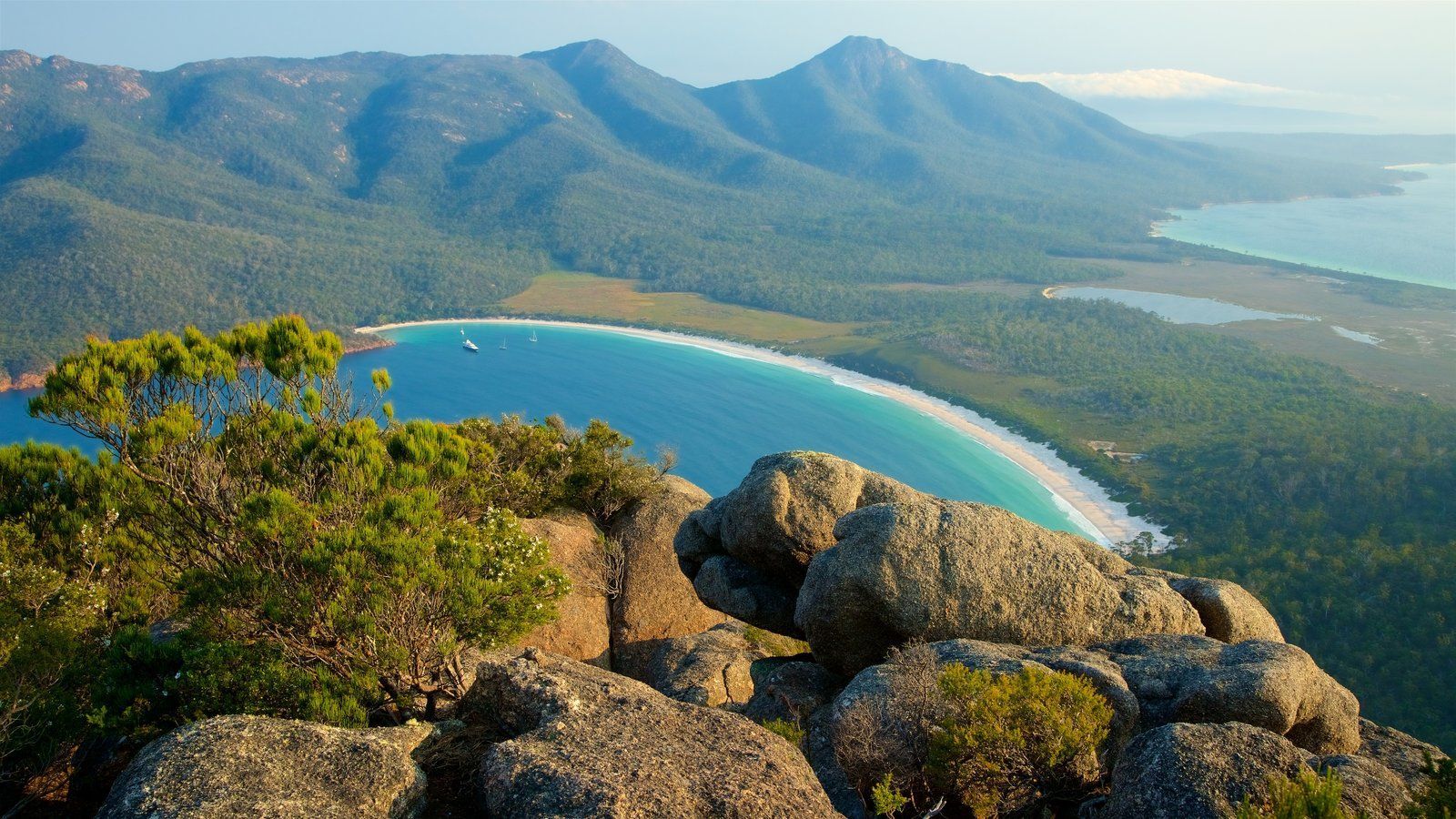
1. Introduction to Freycinet National Park
Location and geography
Freycinet National Park, situated on Tasmania's east coast, is a peninsula of extraordinary beauty. The park spans approximately 169 square kilometers and is characterized by its rugged granite mountains, pristine white sandy beaches, and crystal-clear turquoise waters. Its unique geography, shaped by millions of years of natural processes, offers visitors a diverse range of landscapes to explore.
Historical significance
Freycinet National Park holds a significant place in Tasmania's history. It was established in 1916, making it one of Australia's oldest national parks. The area was named after French navigator Louis de Freycinet, who charted the coast in 1802. Throughout the 19th century, the region was known for its whaling stations and timber industry before its natural beauty was recognized and protected.
Indigenous heritage
The Oyster Bay tribe of Aboriginal Tasmanians were the traditional custodians of the Freycinet area for thousands of years before European settlement. Their connection to the land is evident in the numerous middens (shell deposits) found throughout the park, providing valuable insights into their way of life and cultural practices. Today, efforts are being made to preserve and honor this rich indigenous heritage within the park.
2. Iconic Landscapes and Natural Features
Wineglass Bay
Wineglass Bay is undoubtedly the crown jewel of Freycinet National Park. This perfectly curved bay, with its arc of white sand and sapphire waters, is often cited as one of the world's most beautiful beaches. The bay's unique shape is the result of geological processes over millions of years, creating a natural wonder that draws visitors from around the globe.
"Wineglass Bay's breathtaking beauty serves as a testament to the raw power and artistry of nature."
Visitors can experience the bay's beauty from several vantage points:
- The Wineglass Bay Lookout offers a panoramic view of the bay and surrounding landscape.
- For those seeking a more immersive experience, a hike down to the beach allows for swimming and relaxation on the pristine sand.
- Boat tours provide a different perspective, showcasing the bay's grandeur from the water.
The Hazards mountain range
The Hazards, a series of pink granite peaks, form a dramatic backdrop to Freycinet National Park. These mountains, which include Mount Amos, Mount Dove, Mount Mayson, and Mount Parsons, were formed approximately 400 million years ago through the slow cooling of molten rock beneath the Earth's surface.
The unique pink hue of The Hazards is due to the presence of feldspar, a mineral in the granite. This coloration is particularly striking at sunrise and sunset when the mountains seem to glow with an otherworldly light.
Hiking enthusiasts will find several trails that wind through and around The Hazards, offering challenging climbs and rewarding views. The Mount Amos track, while steep and demanding, provides one of the most spectacular vistas in the park, overlooking Wineglass Bay and the Tasman Sea.
Granite coastlines and secluded beaches
Freycinet National Park's coastline is a testament to the enduring power of the sea. The granite cliffs and headlands have been sculpted by wind and waves over millennia, creating a rugged and dramatically beautiful shoreline.
Interspersed among these rocky outcrops are numerous secluded beaches, each with its own unique character:
- Honeymoon Bay: A small, sheltered cove perfect for swimming and snorkeling.
- Sleepy Bay: Known for its impressive rock formations and tidal pools teeming with marine life.
- Friendly Beaches: A long stretch of pristine sand, ideal for beachcombing and surfing.
These lesser-known beaches offer visitors the opportunity to experience the park's natural beauty in relative solitude, away from the more popular tourist spots.
The diverse coastal environments within Freycinet National Park support a rich variety of flora and fauna. From coastal heathlands to eucalyptus forests, the park is home to numerous plant species, many of which are endemic to Tasmania. Wildlife enthusiasts may spot wallabies, possums, and a variety of bird species, including the endangered swift parrot.
Freycinet National Park's combination of dramatic landscapes, rich biodiversity, and cultural significance makes it a truly exceptional destination. Whether you're seeking adventure, relaxation, or a deeper connection with nature, this coastal gem offers an unforgettable experience that showcases the best of Tasmania's natural wonders.
3. Flora and Fauna
Native plant species
Freycinet National Park boasts a diverse array of native plant species, contributing to its unique ecosystem. The park is home to over 500 plant species, including several endemic to Tasmania.
The coastal areas are characterized by hardy shrubs and grasses adapted to salt-laden winds.
Notable species include:
- Coastal wattle (Acacia longifolia)
- Coastal beard-heath (Leucopogon parviflorus)
- Pigface (Carpobrotus rossii)
Moving inland, visitors encounter eucalyptus forests dominated by:
- White peppermint (Eucalyptus pulchella)
- Tasmanian blue gum (Eucalyptus globulus)
- Oyster Bay pine (Callitris rhomboidea)
The park's higher elevations feature alpine and sub-alpine vegetation, including:
- Cushion plants
- Alpine heath
- Snow gums (Eucalyptus coccifera)
Freycinet National Park's plant diversity is a testament to Tasmania's unique ecological heritage, offering visitors a glimpse into the island's botanical richness.
Unique wildlife and birdlife
Freycinet National Park serves as a sanctuary for numerous animal species, many of which are endemic to Tasmania. Visitors have the opportunity to observe wildlife in their natural habitat.
Common mammal species include:
- Bennett's wallabies
- Tasmanian pademelons
- Short-beaked echidnas
- Brushtail possums
The park is also home to several threatened species:
- Tasmanian devil
- Eastern quoll
- New Holland mouse
Birdwatchers will find Freycinet a paradise, with over 130 bird species recorded in the park.
Notable species include:
- White-bellied sea-eagles
- Hooded plovers
- Swift parrots (during their migration)
- Wedge-tailed eagles
The diverse habitats within Freycinet National Park provide ideal conditions for a wide range of wildlife, making it an excellent destination for nature enthusiasts and wildlife photographers.
Marine life in surrounding waters
The waters surrounding Freycinet National Park are teeming with marine life, contributing to the area's ecological significance and attracting snorkelers and divers.
Common marine species include:
- Australian fur seals
- Bottlenose dolphins
- Southern right whales (during migration season)
- Little penguins
The underwater world is equally diverse, featuring:
- Weedy sea dragons
- Crayfish
- Abalone
- Various fish species
The park's marine protected areas, such as Governor Island Marine Reserve, play a crucial role in preserving these aquatic ecosystems.
The rich marine biodiversity of Freycinet National Park underscores the importance of conservation efforts in both terrestrial and aquatic environments.
4. Activities and Attractions
Hiking trails and bushwalking
Freycinet National Park offers a network of hiking trails catering to various fitness levels and time constraints. These trails provide access to some of the park's most scenic locations.
Popular hiking options include:
- Wineglass Bay Lookout (1-1.5 hours return): A moderate climb offering panoramic views of the iconic Wineglass Bay.
- Hazards Beach Circuit (5-6 hours): A challenging but rewarding loop taking in both Wineglass Bay and Hazards Beach.
- Mount Amos (3-4 hours return): A steep climb with breathtaking views of the Freycinet Peninsula.
- Friendly Beaches (30 minutes - 3 hours): Easy coastal walks with pristine beaches and dunes.
For multi-day hikers, the Freycinet Peninsula Circuit (3 days) offers a comprehensive exploration of the park's diverse landscapes.
Hikers should always be prepared with appropriate gear, water, and sun protection, and should check weather conditions before setting out.
Water-based activities
Freycinet National Park's coastal location provides ample opportunities for water-based activities.
Visitors can enjoy:
- Swimming: Pristine beaches like Wineglass Bay and Friendly Beaches offer excellent swimming conditions.
- Kayaking: Guided tours and rentals are available for exploring the coastline and hidden coves.
- Snorkeling and diving: Sleepy Bay and Governor Island Marine Reserve are popular spots for underwater exploration.
- Fishing: Recreational fishing is permitted in designated areas, with common catches including flathead and Australian salmon.
- Boating: The sheltered waters of Great Oyster Bay are ideal for sailing and motorboating.
Water-based activities in Freycinet National Park allow visitors to experience the area's natural beauty from a different perspective, enhancing their appreciation of this coastal gem.
Scenic drives and lookouts
For those preferring to explore by vehicle, Freycinet National Park offers several scenic drives and easily accessible lookouts.
Notable driving routes and lookouts include:
- Cape Tourville Lighthouse: A short drive and easy walk lead to panoramic views of the Tasman Sea and Freycinet coastline.
- Friendly Beaches lookout: Accessible by a well-maintained gravel road, offering expansive views of the east coast.
- Sleepy Bay and Gravelly Beach: Short drives from the main park road lead to these picturesque coastal spots.
- Coles Bay Road: The approach to the park provides stunning views of the Hazards mountain range.
Scenic drives and lookouts in Freycinet National Park provide an excellent option for visitors with limited mobility or time constraints, allowing them to experience the park's beauty without extensive hiking.
5. Cultural and Historical Sites
Indigenous heritage and rock art
The Fleurieu Peninsula is rich in Indigenous history, with evidence of Aboriginal occupation dating back thousands of years. Visitors can explore this heritage through various sites and experiences:
- Ngurunderi Dreaming: Learn about the creation story of the Ngarrindjeri people at various locations along the Murray River.
- Granite Island: Discover rock art and middens, providing insights into the traditional lifestyle of the Indigenous inhabitants.
- Coorong National Park: Engage with Indigenous guides who share stories and knowledge about the land and its significance.
"The Fleurieu Peninsula's Indigenous heritage offers a profound connection to the land and its original custodians."
Colonial-era buildings and museums
The region's colonial history is well-preserved in its architecture and museums:
- Victor Harbor Horse Drawn Tram: Experience a piece of living history with this unique mode of transportation connecting the mainland to Granite Island.
- Port Elliot Maritime Museum: Explore the maritime heritage of the area, including shipwrecks and early settlement stories.
- Strathalbyn Heritage Trail: Walk through this charming town, admiring its well-preserved 19th-century architecture.
Art galleries and craft studios
The Fleurieu Peninsula has a thriving arts scene, attracting artists inspired by its natural beauty:
- Fleurieu Arthouse: Located in Port Noarlunga, this gallery showcases local artists and offers workshops.
- The Stationmaster's Art Gallery: Housed in a historic railway building in Strathalbyn, it features rotating exhibitions of regional artists.
- Yankalilla Craft Shop: Browse handmade crafts and artworks created by local artisans.
6. Conservation Efforts and Environmental Challenges
Park management strategies
Freycinet National Park is managed by the Tasmania Parks and Wildlife Service, which implements various strategies to preserve the park's unique ecosystems. These include:
- Controlled burning programs to manage vegetation and reduce bushfire risk
- Monitoring and management of invasive species
- Rehabilitation of degraded areas
- Implementation of strict waste management protocols
The park also collaborates with local Aboriginal communities to incorporate traditional knowledge into conservation practices.
Threats to local ecosystems
Despite conservation efforts, Freycinet National Park faces several environmental challenges:
- Climate change impacts, including rising sea levels and increased frequency of extreme weather events
- Habitat fragmentation due to development in surrounding areas
- Invasive species, such as feral cats and introduced plant species
- Water quality issues in some areas due to agricultural runoff and erosion
These threats require ongoing attention and adaptive management strategies to ensure the long-term health of the park's ecosystems.
Visitor impact and sustainability initiatives
With increasing visitor numbers, managing human impact on the park has become a crucial aspect of conservation efforts. The park has implemented several sustainability initiatives:
- A "Leave No Trace" policy, encouraging visitors to minimize their environmental footprint
- Installation of composting toilets in remote areas to reduce water usage and pollution
- Educational programs to raise awareness about conservation and responsible tourism
- Limitations on visitor numbers in sensitive areas during peak seasons
"Sustainable tourism is not just about preserving the environment; it's about creating meaningful experiences that inspire visitors to become advocates for conservation."
By balancing conservation needs with visitor access, Freycinet National Park aims to protect its natural wonders for future generations while providing enriching experiences for current visitors.
7. Planning Your Visit
Best times to visit
Freycinet National Park offers unique experiences throughout the year, but certain seasons may be more suitable for specific activities:
- Summer (December to February): Ideal for swimming, kayaking, and beach activities. Temperatures range from 15°C to 25°C.
- Autumn (March to May): Perfect for hiking and wildlife viewing. Expect mild temperatures between 10°C and 20°C.
- Winter (June to August): Quieter period with fewer tourists. Temperatures range from 5°C to 15°C, suitable for bushwalking and photography.
- Spring (September to November): Excellent for wildflower viewing and birdwatching. Temperatures vary between 10°C and 20°C.
Note: Peak tourist season occurs during summer and public holidays. Consider visiting during shoulder seasons for a more tranquil experience.
Transportation and accessibility
Reaching Freycinet National Park requires some planning:
- By car: The park is approximately a 2.5-hour drive from Hobart or Launceston. The roads are well-maintained and signposted.
- Public transport: Limited options are available. Some tour operators offer shuttle services from nearby towns.
- Flights: The closest airport is in Hobart. Car rental is recommended for flexibility.
Accessibility within the park:
- Most main attractions are accessible by car or short walks.
- Some trails may be challenging for those with mobility issues.
- The Visitor Centre provides information on accessible facilities and trails.
Essential tips for visitors
To ensure a safe and enjoyable visit to Freycinet National Park:
- Purchase a parks pass: Required for entry and can be obtained online or at the Visitor Centre.
- Book accommodation in advance: Especially during peak seasons.
- Bring appropriate gear: Sturdy footwear, sun protection, and layered clothing are essential.
- Carry sufficient water and snacks: Limited facilities are available within the park.
- Follow Leave No Trace principles: Help preserve the park's natural beauty.
- Check weather forecasts: Conditions can change rapidly in coastal areas.
- Inform someone of your plans: Particularly if embarking on longer hikes.
Summary
Freycinet National Park offers a diverse range of natural wonders and outdoor activities for visitors. By planning your visit carefully, considering the best times to go, arranging suitable transportation, and following essential tips, you can ensure a memorable and safe experience in this Tasmanian coastal gem.
Frequently Asked Questions (FAQs)
Q: Are there camping facilities in Freycinet National Park?
A: Yes, the park offers several campgrounds with varying levels of facilities. Bookings are essential during peak periods.
Q: Can I swim at the beaches in Freycinet?
A: Many beaches in the park are suitable for swimming, with Wineglass Bay being a popular spot. Always check local conditions and follow safety guidelines.
Q: Are there guided tours available in the park?
A: Yes, various tour operators offer guided walks, kayak tours, and boat cruises within and around the park.
Q: Is it possible to see wildlife in Freycinet National Park?
A: The park is home to diverse wildlife, including wallabies, possums, and various bird species. Dawn and dusk are the best times for wildlife viewing.
Q: How long should I plan to stay in Freycinet National Park?
A: A minimum of two to three days is recommended to explore the main attractions, but longer stays allow for a more comprehensive experience.

